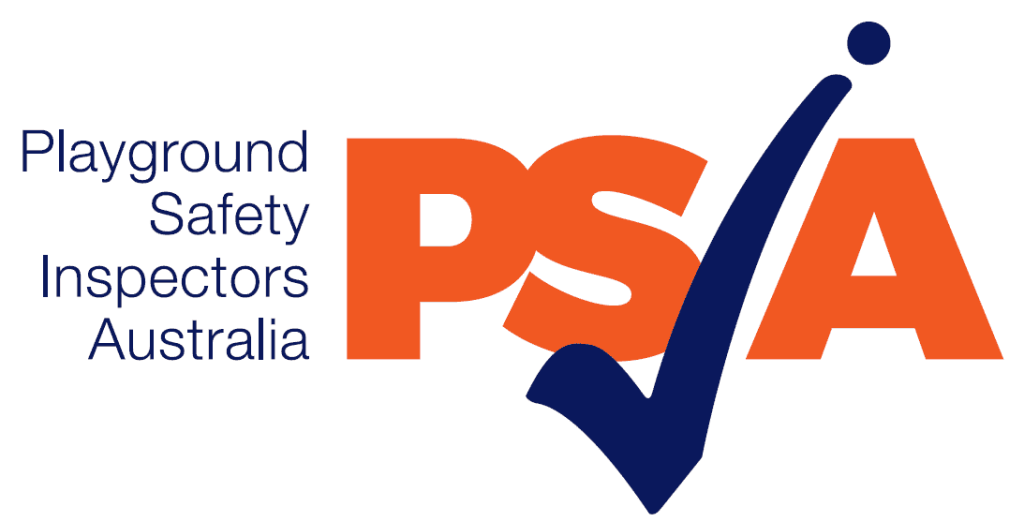Inspector Levels
Playground safety inspections
The first day a new public playground opens for use is generally the last time that the playground owner/operation can feel somewhat confident that the entire area is safe and hazard free. The first day also marks the beginning of the playground’s routine, operational and preventative maintenance history. This includes timely inspections – and ultimately renovations and perhaps repairs – plus the continued compliance to current industry safety guidelines and standards. Every playground should be assessed and inspected for Compliance and Safety.
What are the different playground inspections and levels?
Routine visual inspection (Playground Inspector Level 1)
Defined by AS 4685.0:2017 clause no. 8.5.3, this inspection is to be conducted on a regular basis and identifies any obvious hazards that could result from wear and tear, vandalism and/or weather conditions.
Some example checks conducted during routine visual inspections are (but not limited to):
- Inspecting for hazardous debris in the playground (e.g. glass, needles)
- Inspecting soft-fall surfacing levels
- Inspection for dead or damaged tree branches with the potential to fall onto the playground
Operational inspection (Playground Inspector Level 2)
Defined by AS 4685.0:2017 clause no. 8.5.4, this inspection is to be conducted on a regular, monthly or quarterly basis unless there are compelling reasons. This inspection is more detailed than routine visual – during the inspection the equipment’s stability, operation and examination for wear is inspected on top of routine visual inspection checks.
Some example checks conducted during operational inspections are (but not limited to):
- All checks noted in AS 4685.0:2017 clause no. 8.5.3 routine visual
- Excessive wear on moving parts
- Secure bolts and fasteners
- Structural integrity test (e.g. push-pull)
- Foundations for exposed concrete, rot, and corrosion
Comprehensive post-installation inspection (Playground Inspector Level 3)
Defined by Australian Standards (AS) 4685.0:2017 clause no. 8.5.2, this inspection is conducted by a competent person to verify conformance and identify any tasks to be conducted to achieve conformance to the AS 4685 series and impact-attenuating surfacing test in AS 4422 prior to a playground opening. Inspection reporting is to also include risk, risk/benefit assessments that have been carried out on any non-conformance identified.
Comprehensive inspection (Playground Safety Inspector Level 3)
Defined by AS 4685.0:2017 clause no. 8.5.5, this inspection is to be conducted on an annual basis and like comprehensive post-installation inspection determine conformance with the AS 4685 series and establish the overall level of safety of the equipment and surfacing.
During a comprehensive safety inspection, hazards are categorized by their potential for causing severe injury. The resulting report will help you determine which hazards require immediate corrective action, which should be next on the list, and which are minor enough to allow corrective action as time and money permit.
The first day a new public playground opens for use is generally the last time that the playground owner/operation can feel somewhat confident that the entire area is safe and hazard free.
The first day also marks the beginning of the playground’s routine, operational and preventative maintenance history. This includes timely inspections – and ultimately renovations and perhaps repairs – plus the continued compliance to current industry safety guidelines and standards.
Every playground should be assessed and inspected for Compliance and Safety.
All the following information is from Standards Australia – AS 4685.0:2017 development, installation, inspection, maintenance and operation.
This reference is available to purchase directly from Standards Australia https://infostore.saiglobal.com/en-au/.
Please click the tabs on the left for more information.
A visual inspection is intended to identify obvious hazards that can result from wear and tear, vandalism or weather conditions. This inspection shall be carried out regularly. The inspection frequency should take into account local conditions, frequency of use and the manufacturer’s instructions. Playgrounds subject to heavy use or prone to vandalism, may require daily inspection. Any potential hazardous situations shall be reported and/or rectified immediately.
Reference: 3.25 routine visual inspection pg. 14
A routine visual inspection shall be carried out regularly or daily (if heavily used or prone to vandalism) where obvious hazards are identified which may be from normal use, vandalism and/or weather conditions.
Routine Visual Inspections include identifying and reporting on (but not limited too):
- debris in the playground that may be hazardous, such as broken glass, needles or animal fouling;
- loose-fill surfacing levels that are at inadequate levels;
- damage to unitary surfacing;
- equipment that is broken or missing as a result of use or vandalism;
- graffiti;
- the condition of ancillary items, such as barbecues, tables, rubbish bins, etc.;
- dead or damaged overhanging branches that may potentially fall onto the playground.
An operational inspection shall be carried out regularly, on a monthly or quarterly basis unless there are compelling reasons to deviate from this inspection frequency.
Reference: 3.26 operational inspection pgs.14-15
In comparison to routine visual inspection, operational is more detailed. During the inspection, the equipment’s stability, operation and examination for wear is inspected.
This inspection shall be carried out regularly, monthly, or on a quarterly basis unless there are compelling reasons to carry out these inspections from the stated frequencies.
Operational Inspections include identifying and reporting on (but not limited too) ;
- all issues listed in Routine Visual Inspection above;
- excessive wear of moving parts (including chain links);
- bolts and fasteners are secure;
- any protrusions and sharp edges;
- the structural adequacy and/or stability of all playground equipment including ancillary items;
- excessive corrosion, particularly within structural members;
- ropes and cables for fraying;
- the maximum speed of the traveller for cableways;
- the ground clearance of the loaded cableway;
- impact and attenuating edges of swing seats, pommels and other moving equipment that can impact users;
- clearances beneath carousels and ensure that the underside is clear of protrusions and sharp edges;
- foundations for exposed concrete, rot and corrosion;
- gate closure and locking mechanisms are operational and that gates have no finger entrapments, (i.e. gate gaps are greater than 12 mm);
- trees for potential hazards.
During a comprehensive safety inspection, hazards are categorized by their potential for causing severe injury. The resulting report will help you determine which hazards require immediate corrective action, which should be next on the list, and which are minor enough to allow corrective action as time and money permit.
Reference: 8.5.5 comprehensive annual inspection pg. 15
“A comprehensive annual inspection is required to be carried out on every playgrounds. In addition to checking all items listed in Routine Visual Inspection and Operational Inspection above”, this inspection is intended to determine conformance with the relevant parts of AS4685 and to “establish the overall level of safety of the equipment, foundations and playground surfaces.”
Reference: APPENDIX B3 COMPREHENSIVE INSPECTIONS pg. 19
- Surfacing
- Is the loose-fill depth adequate?
- Is the surface in good condition?
- Is the surface free of any trip hazards?
- Is the surface free of objects that may be hazardous, e.g. Broken glass?
- Are all measures in place to warn of dangerous conditions e.g. Warn users of potential burn if the surface is likely to reach extreme temperatures when exposed to direct sunlight?
- Does the surface meet or exceed the impact-attenuating surface requirements of AS 4422?
- Equipment (general)
- Are all footings adequately covered?
- Are the foundations stable and free of movement?
- Is the equipment free of protrusions or sharp edges?
- Are all components present and secure?
- Is the equipment in good repair, i.e. free from excessive rust, cracked welds, splintering timber, etc.?
- Is the equipment free of situations that may result in foreseeable misuse?
- Protection against falling
- Is the impact area adequate for the height of the fall?
- Is the falling space free of obstacles that could cause injury?
- Is the free space adequate for forced movement items?
- Are barriers, guardrails and handrails appropriate and at correct heights?
- Protection against entrapment
- Is the equipment free of head and neck entrapments?
- Is the equipment free of finger entrapments?
- Is the equipment free of clothing entrapments?
- Is the equipment free of whole body entrapments?
- Is the equipment free of foot or leg entrapments?
- Moving parts
- Is the equipment free of crush or shear points?
- Are chains and connectors free of excessive wear, eg. 40% worn?
- Are moving and ‘sealed for life’ parts moving freely? Are gaps between moving parts greater than 12 mm? Is the impact- attenuating leading-edge of all moving equipment adequate to cushion potential collisions with children?
AS 4685.0:2017 Comprehensive Post-Installation Inspection
A comprehensive annual inspection shall be carried out. This inspection is intended to determine conformance with the relevant parts of AS 4685 and to establish the overall level of safety of the equipment, foundations and playground surfaces.
* Playground Safety Inspectors Australia emphasizes that this type of service is a thorough professional playground audit and is the most comprehensive assessment and report in accordance with the appropriate Australian Standards and Occupational Health and Safety Act.
Standards reference
A comprehensive post-installation inspection is conducted prior to opening the playground. This inspection is to verify that the playground conforms to the requirement of the relevant parts of the AS 4685 series and the impact-attenuating surfacing test in AS 4422, and shall identify and detail the tasks that need to be carried out.
The report would also include results of any risk assessments and/or risk benefit assessments that have been carried out where non-conformance have been identified.
Inspection and Maintenance Program
To maintain a ‘Standard of Care’ and to identify all new hazards on existing playgrounds, maintenance inspections are conducted at regular intervals. These focus on immediate hazards caused by various factors that contribute to the need for maintenance, such as:
- Physical wear
- Environmental factors
- Vandalism and accidental damage
Function of Inspections & Maintenance:
- Safety – ensure safety of all users
- Utility – keep equipment functioning
- Sanitation – hygienically clean
- Attractiveness – aesthetically clean
Benefits of a good playground inspection & maintenance management plan are to:
- Reduce potential playground injuries
- Possible Legal defence against charges of negligence
- Better cost accounting
- Effective resource utilisation
- Efficient annual and life-cycle budgeting
- Better public image and relations.
Every maintenance inspection program is unique. In developing your own program, you need to consider:
- Maintenance instructions – provided by the manufacturer
- Frequency of inspection
- Preventative maintenance
- Documentation
Be PRO-ACTIVE (prevent a problem) and Not REACTIVE (only correcting problems when they occur).
Due diligence requires that the user take all circumstances and aspects into consideration as to minimum performance and best practice in determining issues that relate to the management of risk.


